Invertebrate Embryology and Reproduction
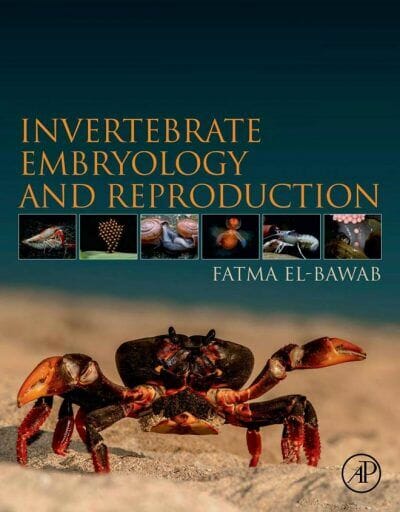
By Fatma El-Bawab
Invertebrate Embryology and Reproduction PDF deals with the practical and theoretical objectives of the descriptive embryology of invertebrates, along with discussions on reproduction in these groups of animals. It explains several morphological and anatomical expressions in the field and covers the embryology of invertebrate animals, starting from the Protozoa, to the Echinodermata, the Protochordate and Tunicates. These groups include economically important aquatic invertebrates, such as crustaceans, as well as medically important invertebrates and economic arthropods. Each chapter is preceded by the taxonomy of the discussed phylum and/or the species to enable the reader to locate the systematic position.
- Covers phylum definition, general characteristics, classification, reproduction, agametic reproduction, gametic reproduction, spawning, fertilization, development and embryogenesis
- Includes recent findings in the area, along with detailed figures and photos that illustrate important concepts
- Brings together difficult-to-obtain research data from the field, not only in Egyptian libraries, but globally, and previously only found through specialized references not widely available
- Clarifies descriptions with striking photos and electron microscopical studies of different species
This Book is Available For Premium Members Only

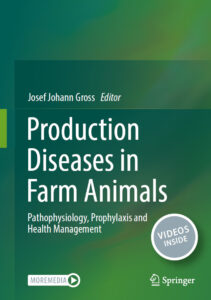
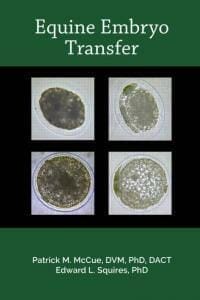



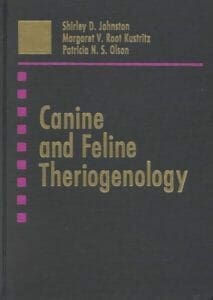
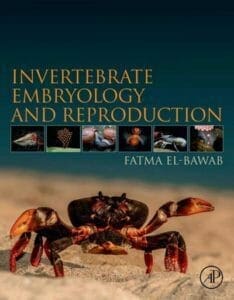





![Ettinger’s Textbook of Veterinary Internal Medicine 9th Edition [PDF+Videos] Ettinger’s Textbook of Veterinary Internal Medicine 9th Edition [True PDF+Videos]](https://www.vet-ebooks.com/wp-content/uploads/2024/10/ettingers-textbook-of-veterinary-internal-medicine-9th-edition-100x70.jpg)

![Textbook of Veterinary Diagnostic Radiology 8th Edition [PDF+Videos+Quizzes] Thrall’s Textbook of Veterinary Diagnostic Radiology, 8th edition PDF](https://www.vet-ebooks.com/wp-content/uploads/2019/09/textbook-of-veterinary-diagnostic-radiology-8th-edition-100x70.jpg)






